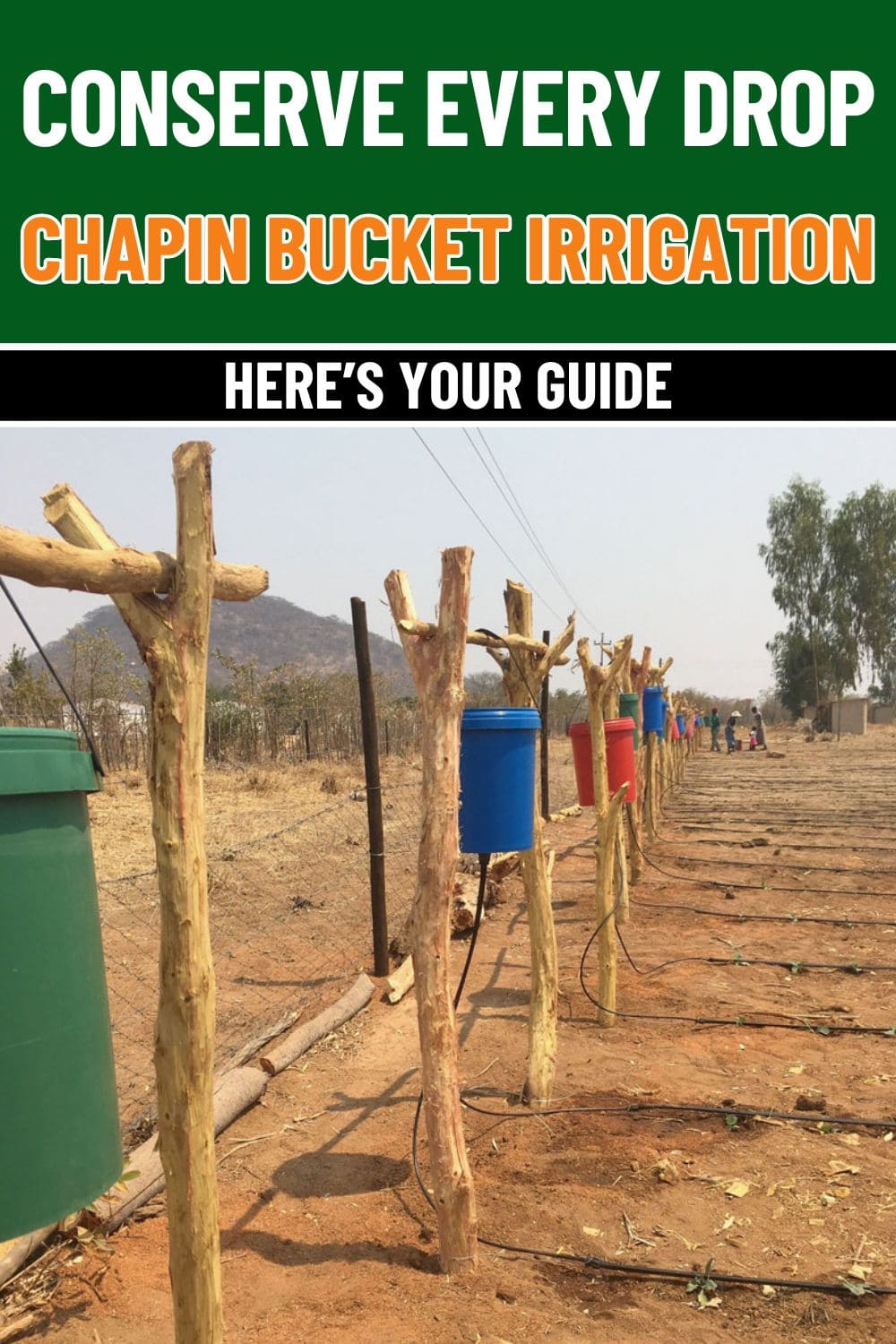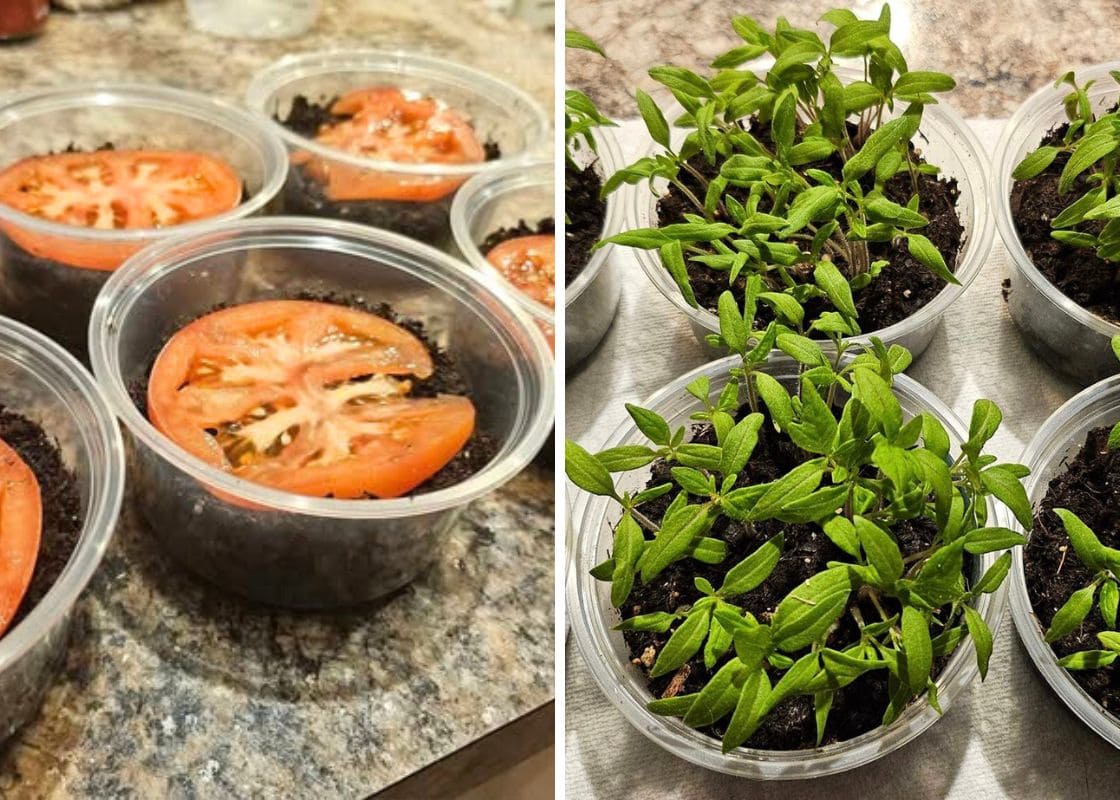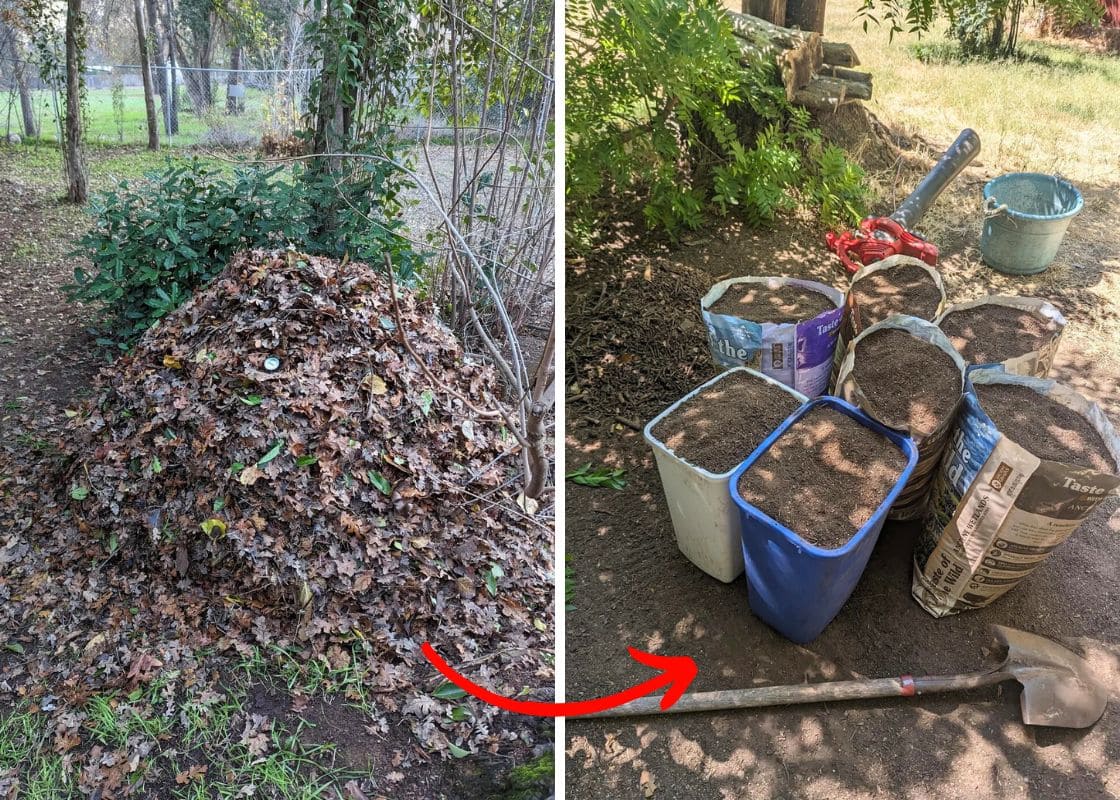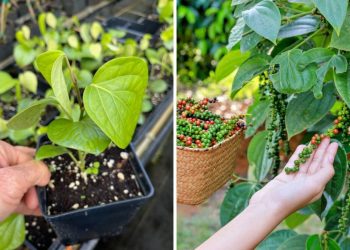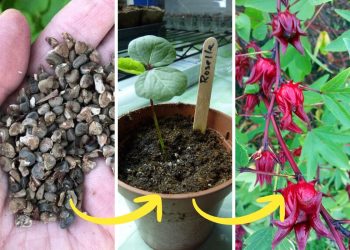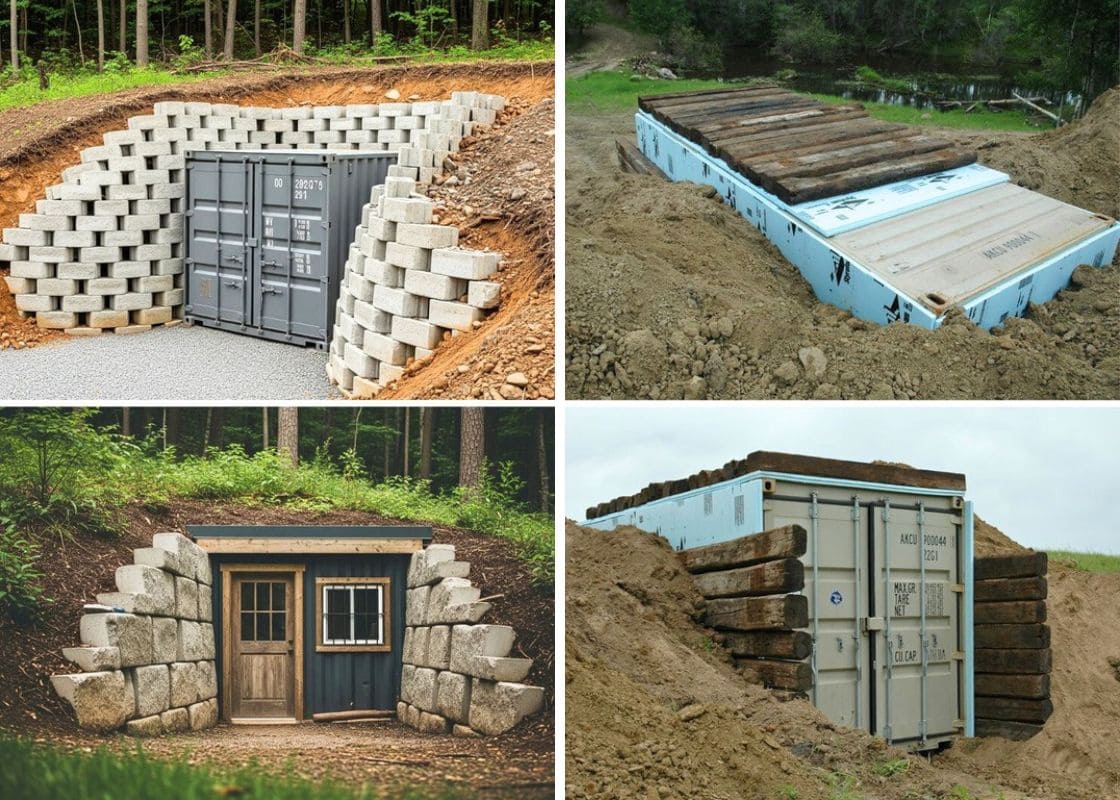Have you ever looked at a five-gallon bucket and thought: That could be a lifeline for a thirsty garden? With the chapin bucket irrigation system, it truly can be.
Whether you’re working the land on a rural homestead or tending vegetables in an urban garden, this gravity-fed drip system is one of the most efficient, affordable, and sustainable ways to irrigate your crops.
Let me walk you through what it is, why it works, and how you can use it to turn your plot into a well-watered sanctuary, even with limited water or resources.
What Is Chapin Bucket Irrigation?
At its heart, chapin bucket irrigation using a single elevated bucket, typically 20 liters filled with water. That water slowly flows through drip tapes, delivering moisture drop by drop directly to the base of your plants.
This system originally was designed by greenhouse innovator Dr. Richard Chapin then created to empower farmers in drought-prone regions. It’s now widely used across Africa, Asia, and resource-limited communities worldwide.
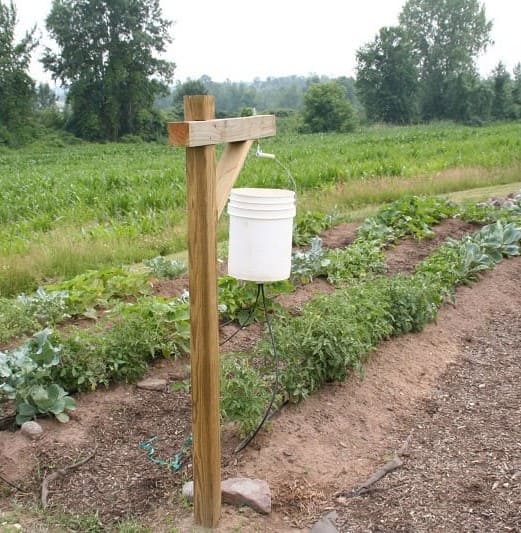
Why You Might Love This Chapin Bucket Irrigation System
If you’re managing a small plot or simply want to cut back on water use, this system quickly becomes indispensable.
It delivers water precisely at the roots. That means you’re not wasting moisture to evaporation or runoff. Every drop counts, and this method makes sure it does.
It’s also remarkably simple. You won’t need electric pumps, timers, or fancy filters. Just a bucket, gravity, and a little tubing, and your crops are fed with steady hydration all day long.
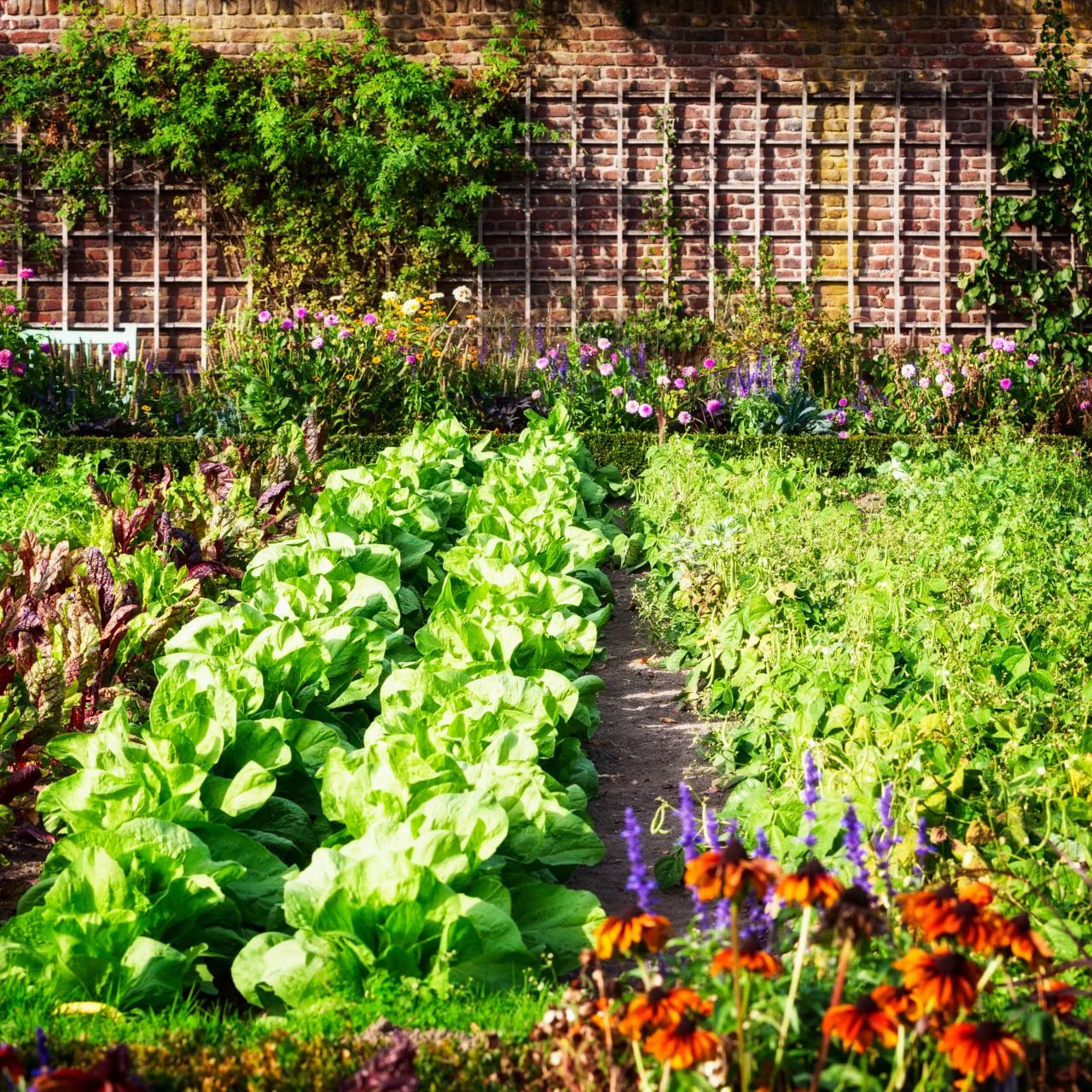
For those growing on a budget or in remote areas, this is a game-changer. The entire setup costs very little and can be built with basic tools. Once it’s running, it practically takes care of itself.
And perhaps most importantly, this method works beautifully in practice. A documented field trial in Guinea used the Chapin system to irrigate cabbage on both flat and raised beds with just a 20-liter bucket at a time. Results showed strong, healthy plants even in challenging conditions.
How to Set Up Chapin Bucket Irrigation in Your Garden
Materials You’ll Need
- 1 clean 20-liter (5-gallon) plastic bucket
- Wooden stakes or posts
- Chapin drip tape (with emitters spaced 30 cm apart)
- Hose adapter, stopper, and tubing
- Cloth or fine mesh
- Rocks
- A drill
How to Set It Up in Your Garden
Start by building a sturdy stand to elevate your bucket about a meter above your garden bed.
You can use wooden posts, scrap lumber, or anything solid enough to hold a full 20-liter bucket. Then bury the legs about 30 centimeters into the ground so the stand doesn’t wobble.
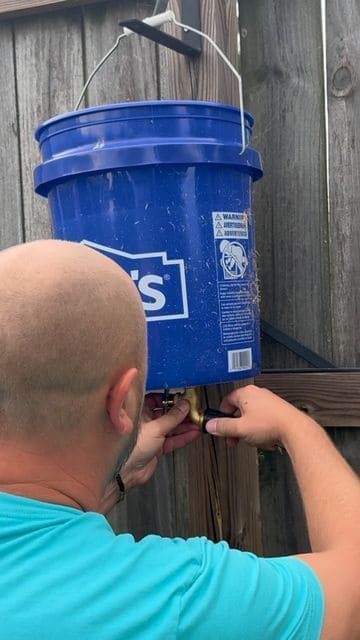
Next, drill a small hole near the bottom side of the bucket and fit a simple hose adapter into it.
You should use Teflon tape to seal any gaps and avoid leaks. If you’re using a kit, it will likely come with all the connectors you need.
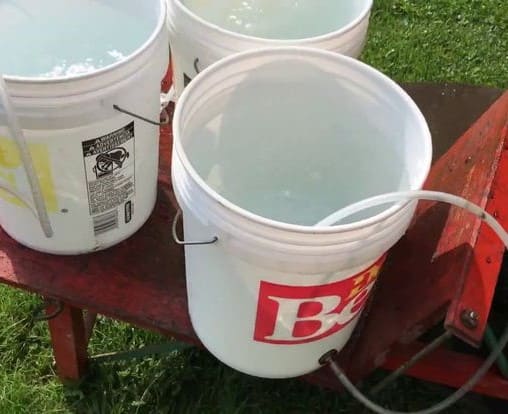
Run the drip tape from the bucket’s tubing along your planting rows. For best results, place each tape line about 5 to 20 centimeters from the base of your plants.
Next, fold the end of the drip tape over and secure it with a short piece of tape or a clip, this seals the line and maintains pressure.
Before you fill the bucket, place a cloth or screen over the opening to filter debris from the water. This will prevent clogging in the tape emitters.
Once your bucket is full, gravity does the rest. Water will drip out slowly and evenly, soaking the soil around your crops without washing it away.
Pro Tips from the Field
In the Guinea demonstration, the drip emitters released about 27 to 30 milliliters per minute when the bucket was placed one meter above the soil surface. That’s a slow, steady flow ,exactly what roots love.
You can also add nutrients to your water. A simple solution of 20 grams of urea mixed into 15 liters of water provides a weekly nitrogen boost for your plants.
Just stir it in and pour it into the bucket. This technique, known as fertigation, was used in the same field trial to deliver nutrients throughout the cabbage’s eight-week growing season.
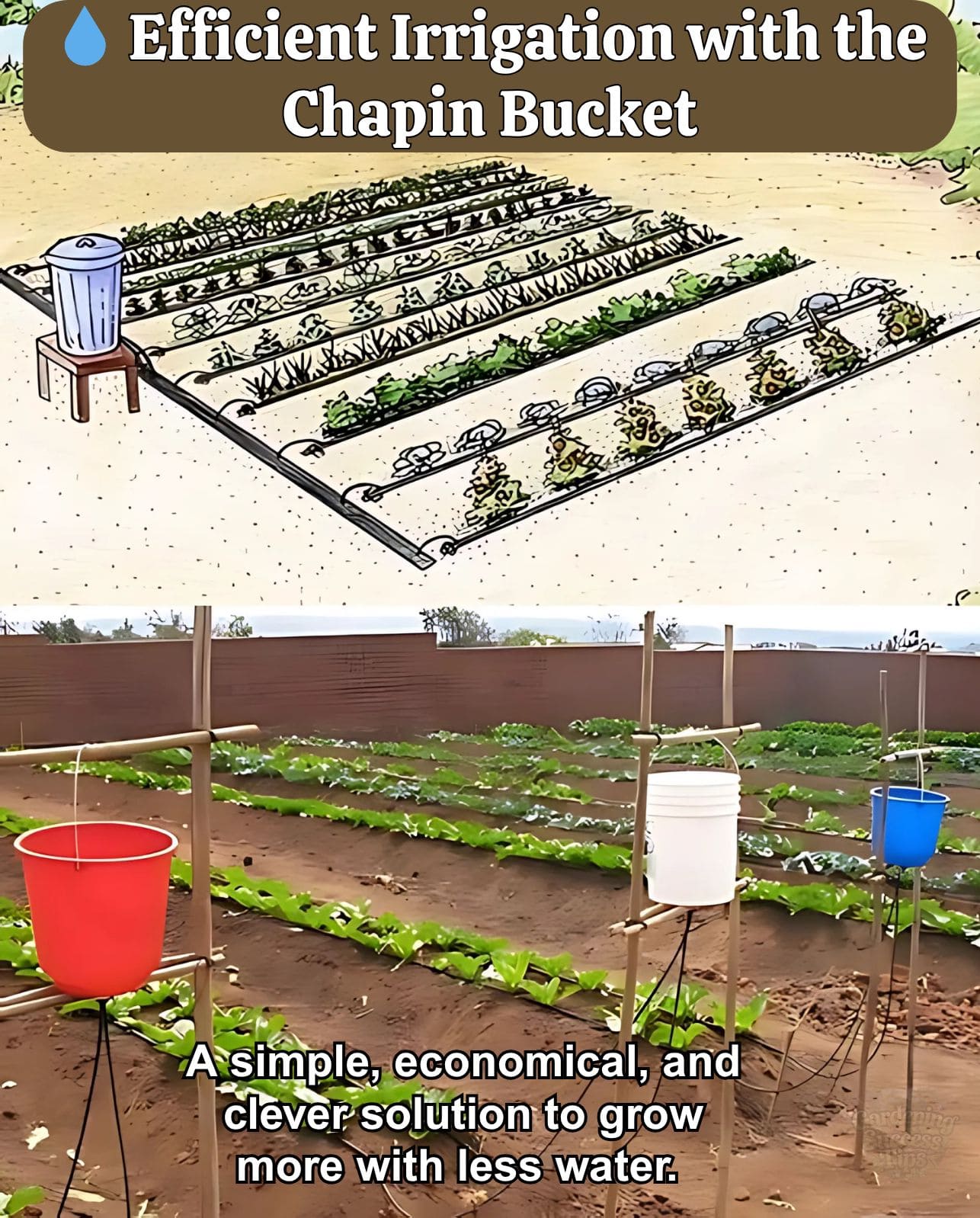
To keep things running smoothly, make sure you lay the drip tape flat against the soil and weigh it down with small stones.
Take note of your soil texture, too. Raised beds with silty loam offered the best results in the field. If your soil is sandy or compacted, consider amending it or lifting your beds to help moisture stay where it’s needed.
Finally, always filter your water before pouring it in. A simple cloth filter is usually enough, but even a bit of grit can clog the drip tape if left unchecked.
Science-Backed and Farmer-Approved
The Chapin Bucket method has been tested in real-world field conditions.
According to the Winrock International demonstration, local farmers in Guinea used the system to successfully grow cabbage with minimal water input, no electricity, and basic tools. Their field beds stayed consistently moist, plants stayed healthy, and the system proved easy to maintain over time.
If you’re farming on a small scale, managing a community plot, or looking for a low-tech way to build drought resilience, this is a solution with real roots.
